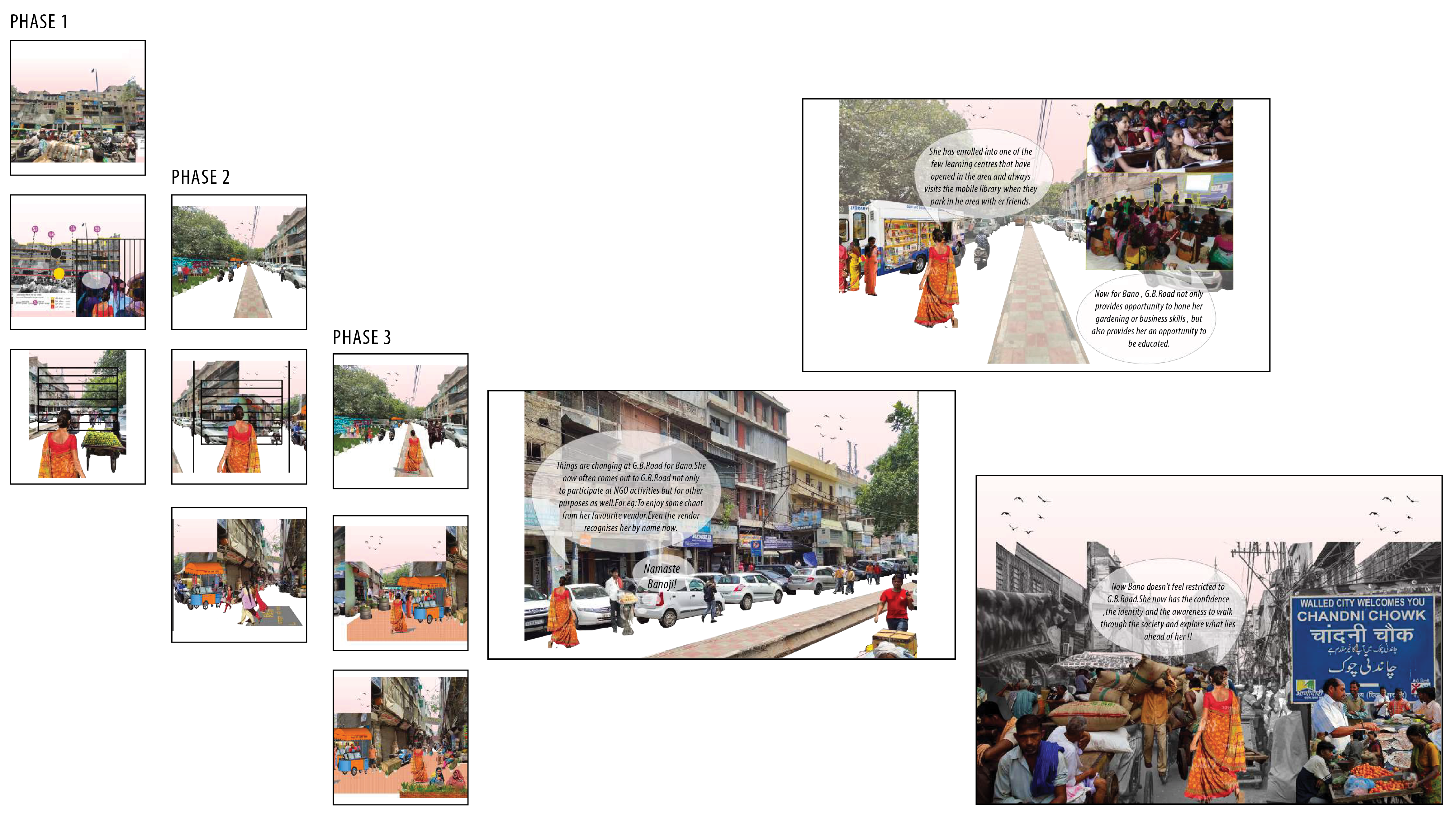
Recognising the Landscape of Prostitution in India
Master of Landscape Architecture
RMIT University
The sex industry has always been a part of the city. However, the urban areas that cater for prostitution are often considered illegitimate parts of the city. In countries like India, where sex itself is a taboo, the stigma associated with this profession is prolific. The negative effects of stigmatization not only extends to the lives of the people associated with the sex industry but also affects the place they occupy.
Currently, there are non-government organisations (NGO) working with, and within, these communities in red light districts to help promote a sense of belonging and place. By partnering with the NGO already organising activities in the red light districts communities, landscape architecture may have the potential to contribute to the uplift process.
The convivial tools of Landscape Architecture like mapping, Urban Acupuncture, resource building ,and community participation will be implemented in four different phases of interventions across the site. Here, the role of the landscape architect lies in acting as the facilitator of social innovation in the distribution of design skills and thinking. It enables a public realm that empowers the community of sex workers by giving them a sense of recognition, identity, place, and presents the community with opportunities to explore themselves.
